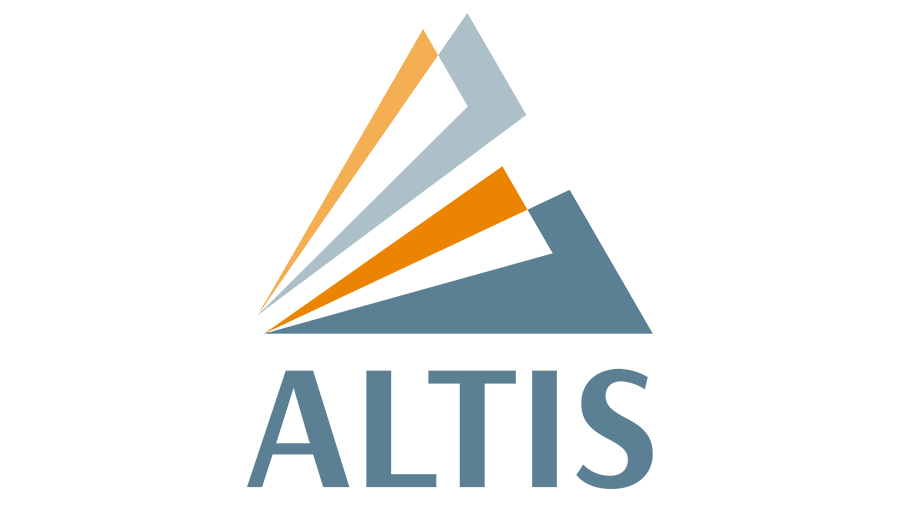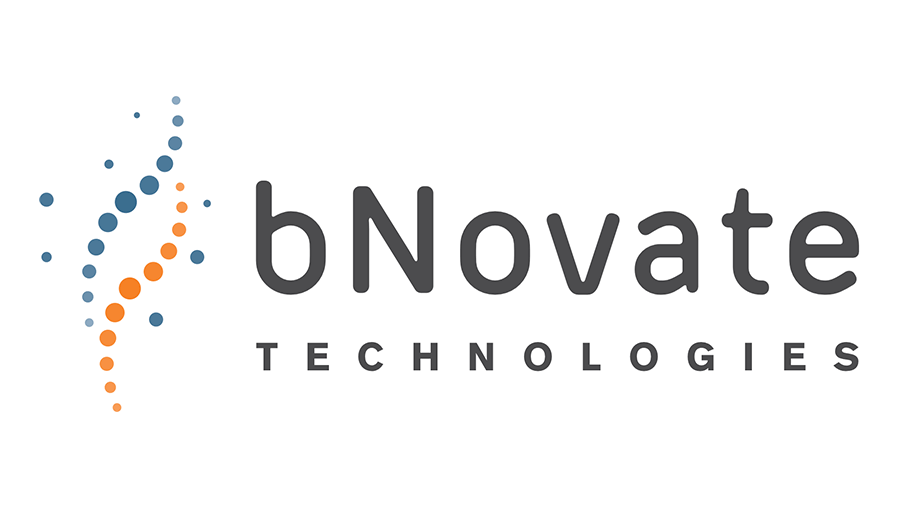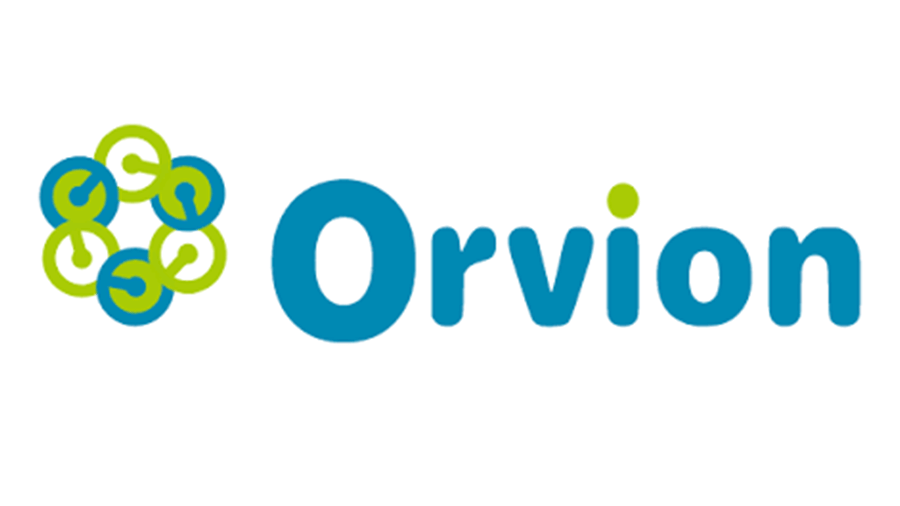Demo Case 3
Val de Bagnes, Switzerland
Background
For more than 60 years, Altis is the water and energy utility owned by the city of Val de Bagnes of 10,000 inhabitants but during the peak ski season, population grow up to 50,000. Altis is managing the plus 300 km of potable water pipes, 153 km of irrigation water network, 77 water sources, 41 reservoirs. In its water treatment plant, Altis cleans 1,7 million m3 of water per year and delivers 2 billion litres of potable water per year. Size of the water infrastructures (pipes, treatment plants, water processing, etc) are designed for the peak season. Altis decided to move forward with the digitalisation of water and is installing water smart meters in each home, buildings, hotels and industries.
Key facts
- For the water collected from the glaciers and snow, Altis operates 3 treatment plants with sand filters and ultrafiltration. For the 77 sources, no treatment is undertaken.
- The major problems arose with the pollution in our sources as most of the time, they are in remote areas with no electricity and no visual supervision.
Expected impacts
- Deploy novel bacteria sensors at selected locations to monitor the water quality.
- Implement soft sensors and hard sensors to measure the bacteria pollution.
- Develop modular platform on the SIG (geographical information system) to give information for operators to test and validate.








